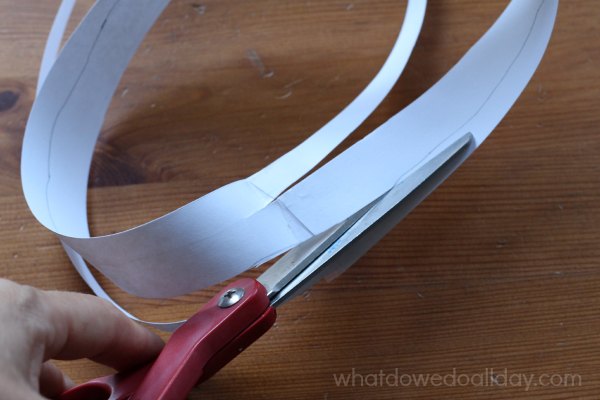 |
| Crow photo on pixabay.com |
A Murmuration of Starlings
******************************
 |
| A photo that I took of crows in January |
As I sat on my back porch, I noticed a group of about fifteen crows flying around the top of a tall tree and making a lot of noise. I know that they do this when a racoon is up in that tree. But today, I heard the sound of a bald eagle. I wondered if the crows were working together to chase away the eagle. Sometimes a large group, or flock, of crows is called a murder of crows.
This made me think of another grouping of birds, a murmur of starlings. Starlings fly together in large numbers for safety; they are less likely to be prey for other larger birds.
This video is taken near Vancouver by Pacificnorthwestkate.
The flight velocity and direction of one bird affects 7 around it which multiplies throughout the group.
Like the movement of schools of fish, murmuration is an example of scale free behaviour correlations.
No matter how large the flock of birds is, the action of each bird will affect and will be affected by the action of all the other birds.
This means that each bird's range of perception is much larger than if they relied on direct interactions.
The flight velocity and direction of one bird affects 7 around it which multiplies throughout the group.
Like the movement of schools of fish, murmuration is an example of scale free behaviour correlations.
No matter how large the flock of birds is, the action of each bird will affect and will be affected by the action of all the other birds.
This means that each bird's range of perception is much larger than if they relied on direct interactions.
Murmuration has been compared mathematically to magnets.
A three dimensional computer model shows an attempt to understand the mathematics in this flight patterning.
Dunlin birds can also form murmurations. This video was created near Vancouver, BC for DVWildlife.
 |
| publicdomainpictures.net |
Another reason that birds form patterns in flight is for migration. For example, Canada geese fly together in a V shape when travelling north in the spring and south in the fall.
JOURNAL ACTIVITY:Observe groupings of birds. Record what you see with drawings, photos, or videos.
Why do these birds form groups?
Do all birds form flocks?
Do all birds form mating pairs?
Continue to identify and add more kinds of birds to your journal.
Do people form groups that are similar to flocks or murmurations?
How has social distancing changed how people interact in groups?

























